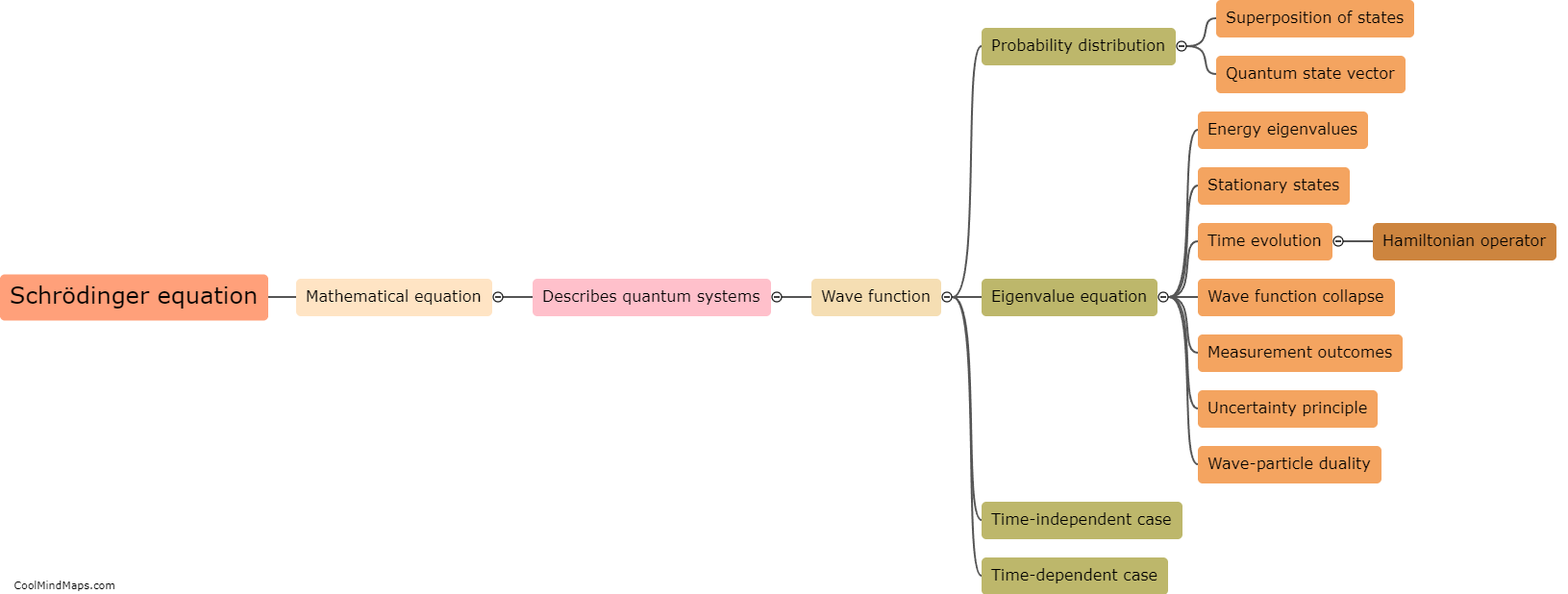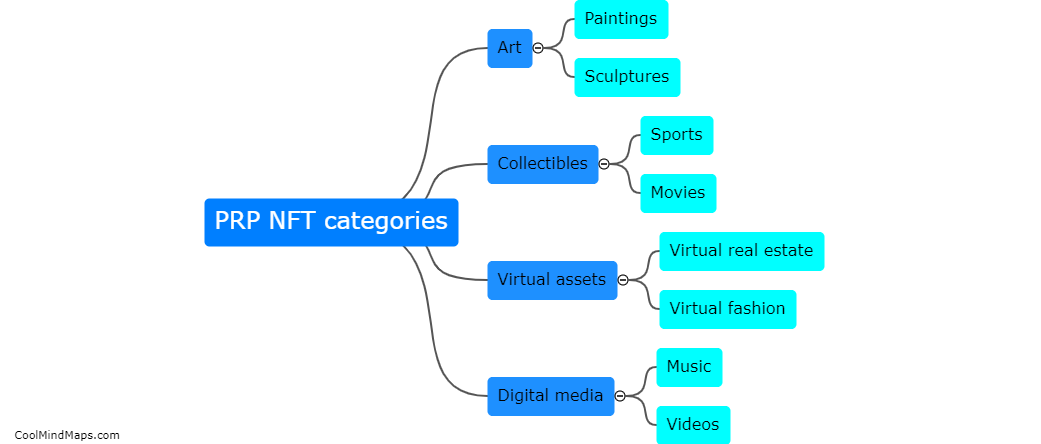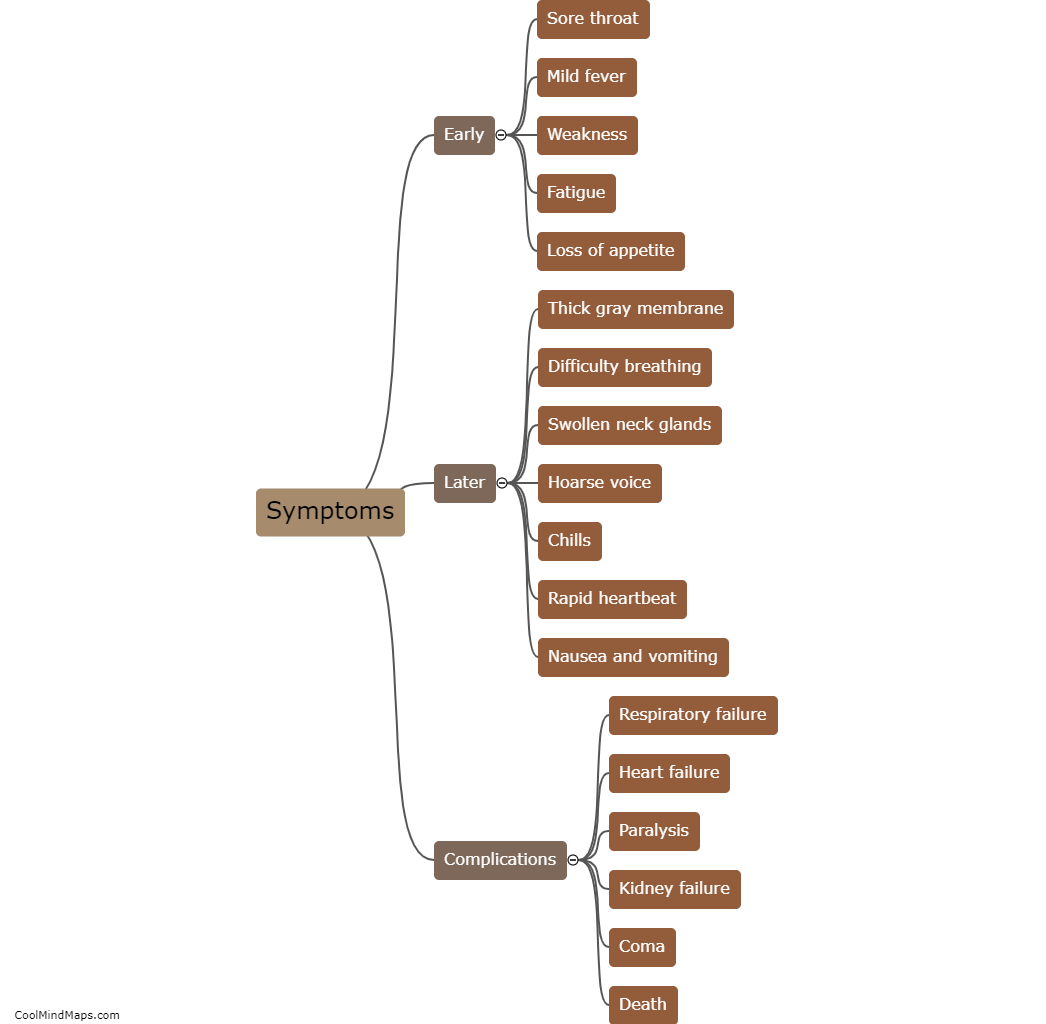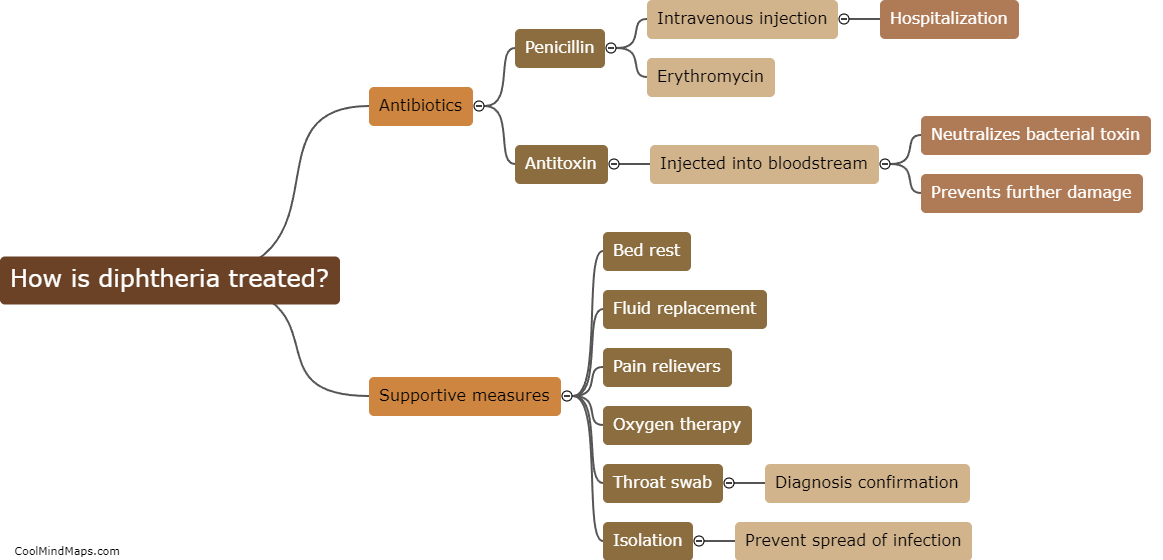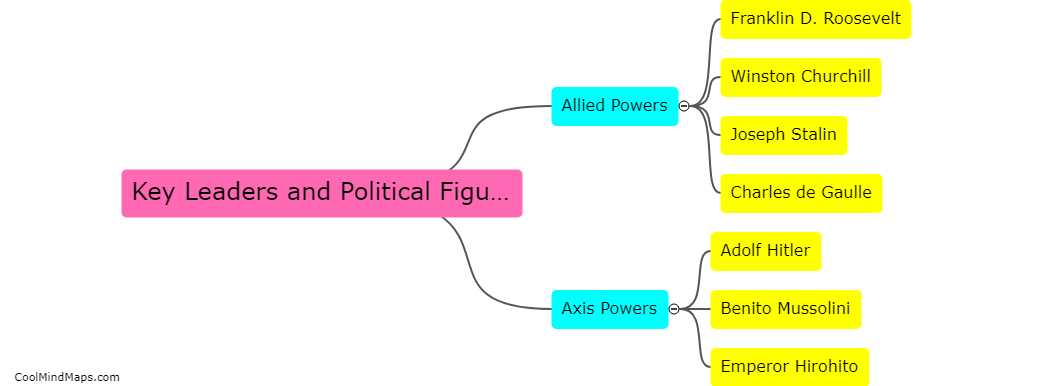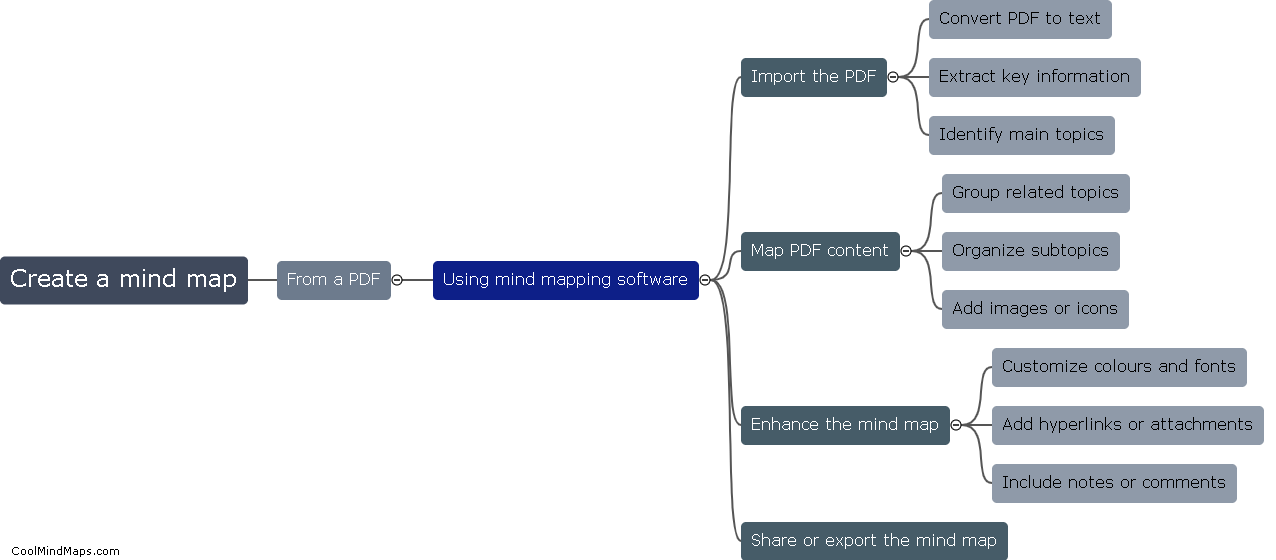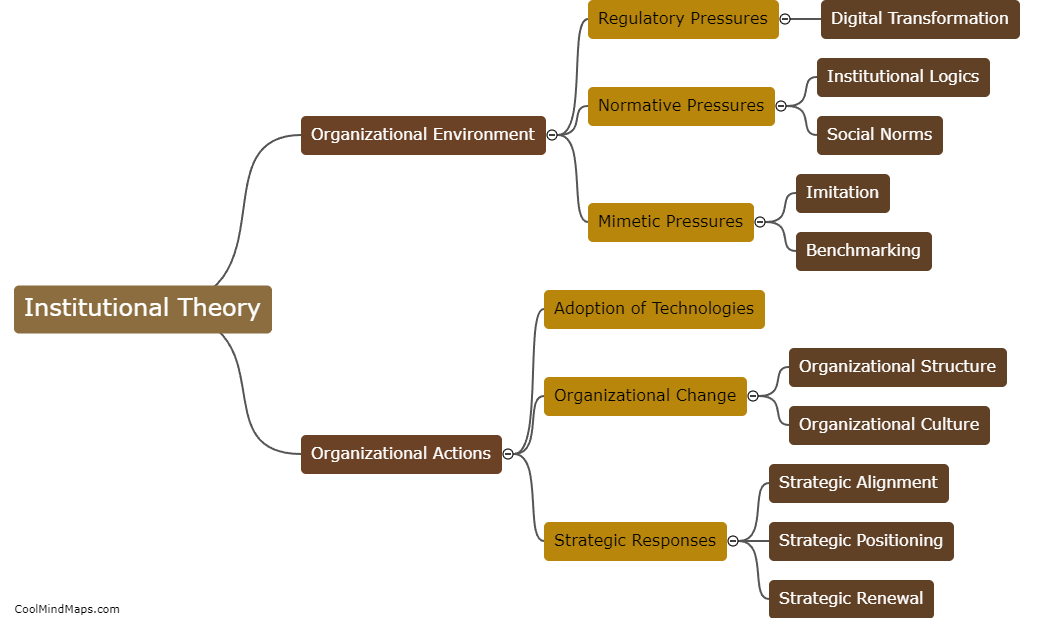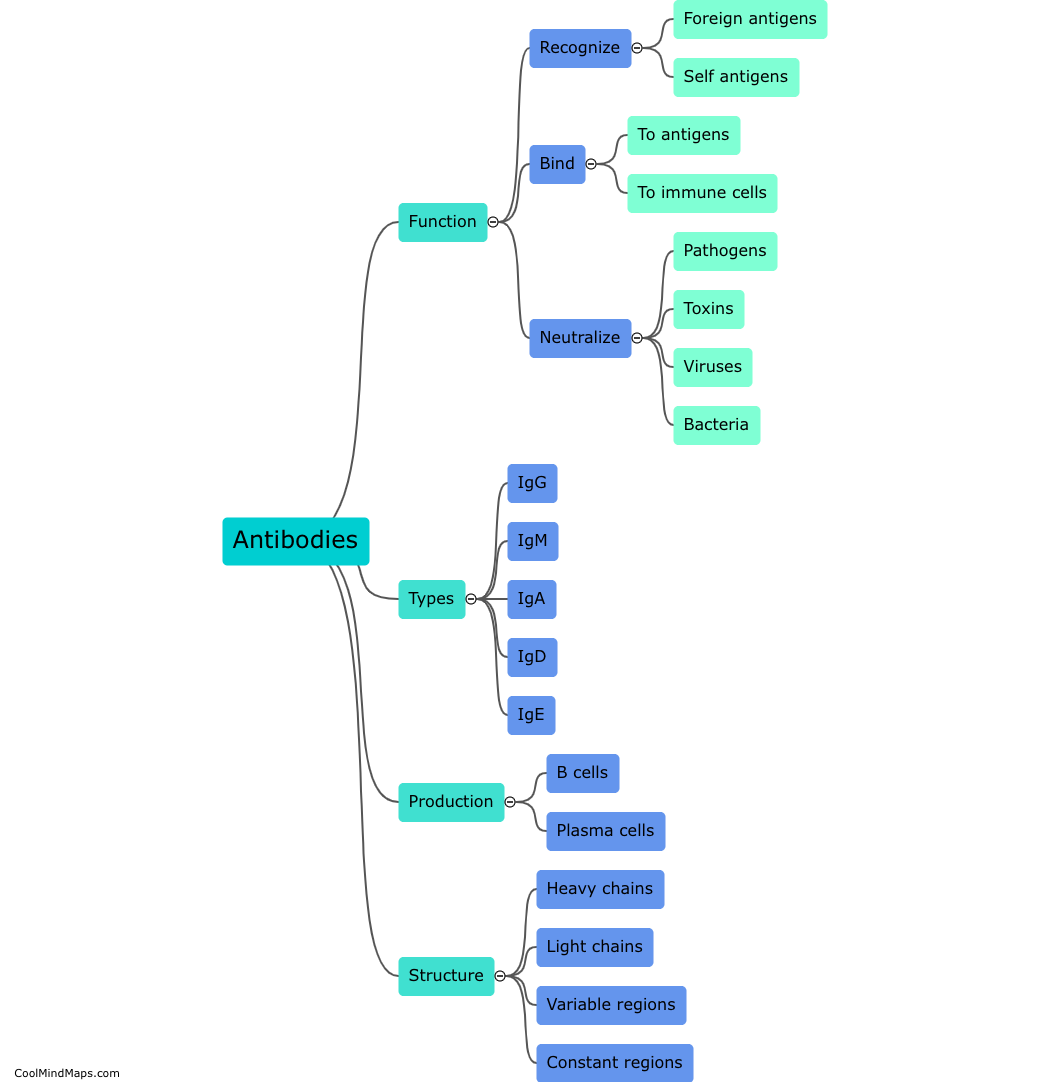What are the main punctuation marks?
The main punctuation marks in English are the period, comma, exclamation mark, question mark, colon, semicolon, quotation marks, apostrophe, parentheses, and dash. These punctuation marks are essential in providing structure and clarity to written language. The period is used to signal the end of a sentence, while commas are used to separate items in a list or join clauses. Exclamation marks denote strong expressions of surprise or excitement, and question marks indicate a query or request for information. Colons introduce a list or an explanation, and semicolons separate two closely related independent clauses. Quotation marks are used to enclose direct speech or quotations, while apostrophes indicate possession or contraction. Parentheses are used to insert additional information, and dashes provide emphasis or to set apart phrases. Understanding and using these punctuation marks correctly is crucial for effective written communication.
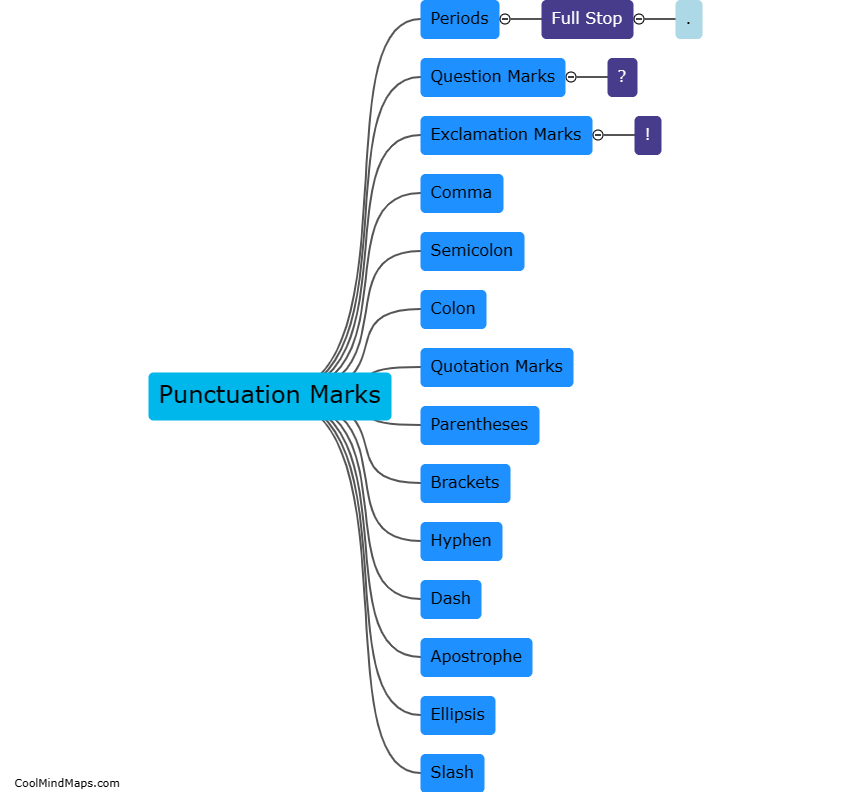
This mind map was published on 24 November 2023 and has been viewed 102 times.

